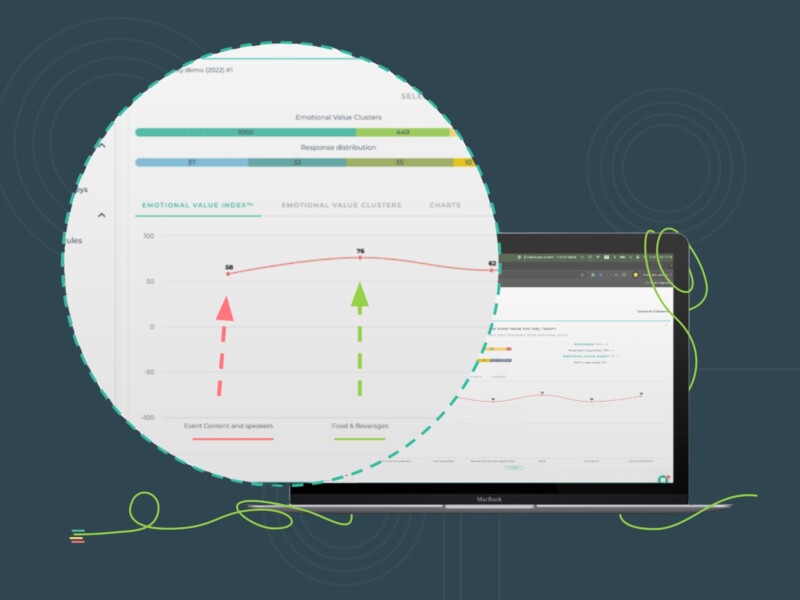Lately, there’s a lot of priority given to customer emotions in the field of customer experience. Brands that are in the know about its impact are so focused on evoking the right customer emotions that are profitable for their business.
But what is customer emotion?
Customer emotions refer to the emotions that customers experience when they go through the buying journey. They can be happiness, excitement, joy, anger, frustration, etc. Optimizing customer emotions can help you improve your business in many ways.
Let’s dive into the hype of customer emotion and learn how to utilize it effectively.
1. Importance of customer emotions
Emotions play an integral part in our day-to-day activities and decisions. If you think about a crappy product you have purchased, you might mostly remember the frustration, anger, or disappointment associated with it. From a business’s perspective, these emotions can be very damaging as they can deter customers.
Similarly, emotions associated with a satisfactory customer experience can be fruitful for a business. When customers are delighted with the experience, they are more likely to return and also recommend your brand to others. So, emotions not just compel individual purchases but also inspire potential customers.
Customer emotions can explain a lot about their behavior, expectations, and preferences. It helps you identify what you are doing well, what you can do better, and what you are doing wrong. By fostering a strong emotional engagement with your customers, you can improve the Customer Lifetime Value (CLV).
2. How to measure customer emotions
In order to optimize the power of customer emotions, you have to identify how customers feel as they transition from one phase of the customer journey to the other. The Emotional Value Index (EVI®) is a CX KPI developed for measuring and improving the emotional experience. It looks at how customers perceive your business emotionally at micro and macro levels.
Using the EVI® survey, businesses can track and measure how customers feel at different touchpoints or stages. The survey is simple, containing one question that asks the customer to denote the emotion that best describes how they feel about the particular experience. The emoticons are presented in a circular form to eliminate potential bias.
The metric simplifies the complexity of measuring emotions by categorizing them into clusters and assigning a value based on their impact. The overall score is calculated based on the weighted average of each cluster. You can learn more about how to calculate EVI® here.
3. What you can learn from customer emotions
Understanding customer emotions can be helpful for your business in many ways. On the surface level, it gives an accurate picture of the customer experience delivered by your business. Is it a happy, convenient, and effortless experience or a complex and stressful one?
Also, EVI® provides useful insights into your customer personas and their behavioral patterns. You can learn a lot about your customer from the data and determine the kind of experiences that make them feel happy and excited. An open-ended question in the survey can help you collect additional information.
Moreover, you can connect EVI® data with financial-related data and recognize the emotions that drive the highest sales and purchase size. The aim here is to evoke these emotions throughout the buying journey and offer customers a smooth and streamlined experience. It will improve the sales funnel and strengthen customer loyalty.
Takeaway
Overall, EVI® helps you harness the power of customer emotion and use it as a growth strategy for your business. A business can thrive better, even in competitive markets, with happy customers. Brands should focus on maintaining strong emotional bonds with their clientele to retain them. Customers prefer brands that go above and beyond to understand their expectations and address them. EVI® can show you if you are doing it right!




